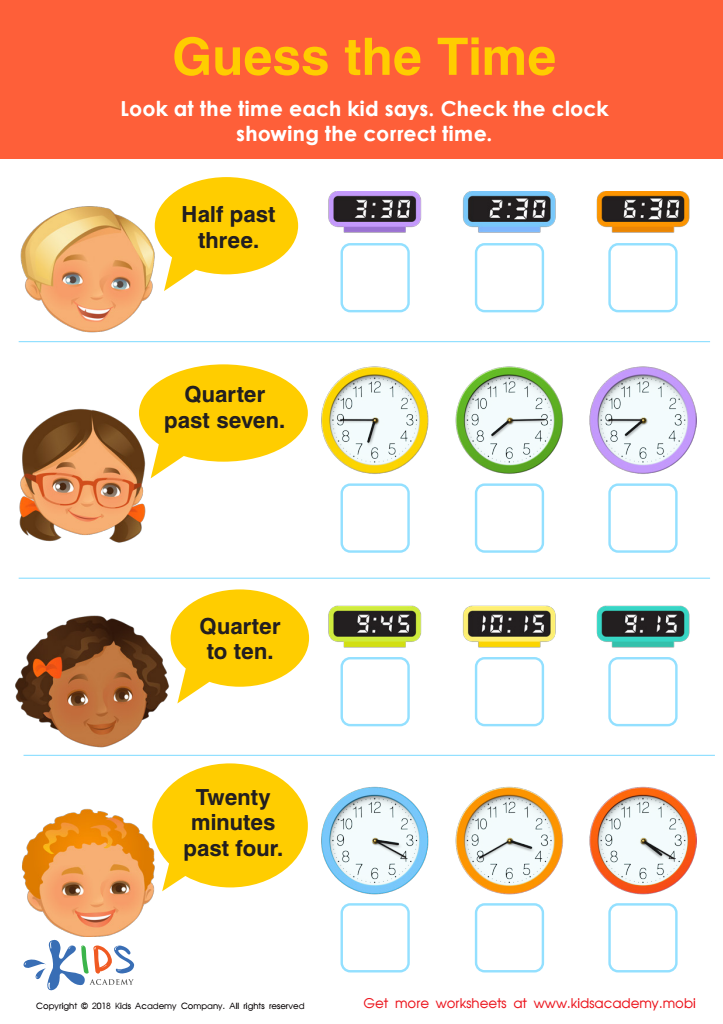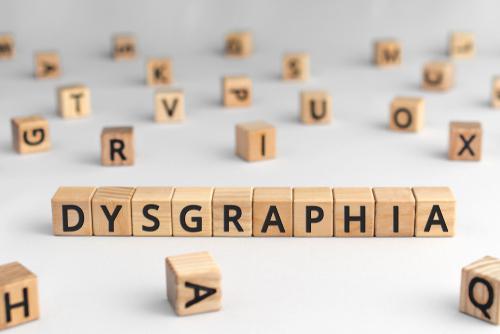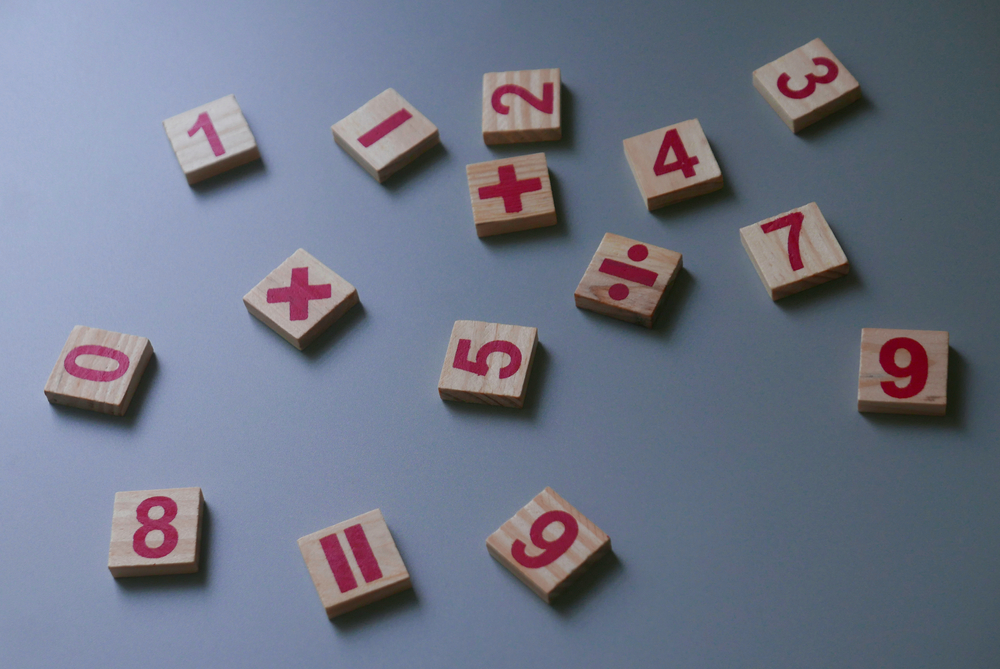Analogue clock reading Worksheets for Kids
1 filtered results
-
From - To


Guess the Time Worksheet
Question/Answer
How to test a Grade 2 student’s Analogue clock reading skills?
To test a Grade 2 student's analogue clock reading skills, provide a set of clocks with various times displayed. Ask the student to read each time out loud. Include a mix of whole hours, half hours, and quarter hours to assess their understanding of the clock's hour and minute hands. Observe accuracy in their responses to determine their skill level.
How to train the Analogue clock reading skill in Grade 2 students learning about Measurement?
To train Grade 2 students in reading an analogue clock, start with the basics of hours and minute hands. Use visuals like a large classroom clock for demonstration. Engage students through hands-on practice by letting them make their own paper clocks.
Why is the Analogue clock reading skill important for Grade 2 students?
The Analogue clock reading skill is important for Grade 2 students because it enhances their understanding of time, helps develop their mathematical thinking by understanding the concepts of hours, minutes, and seconds, and improves their ability to estimate and manage time. It also supports cognitive development by challenging their problem-solving and critical thinking skills.
 Assign to the classroom
Assign to the classroom












